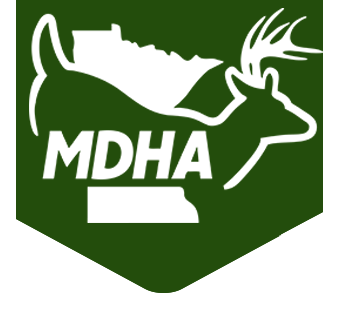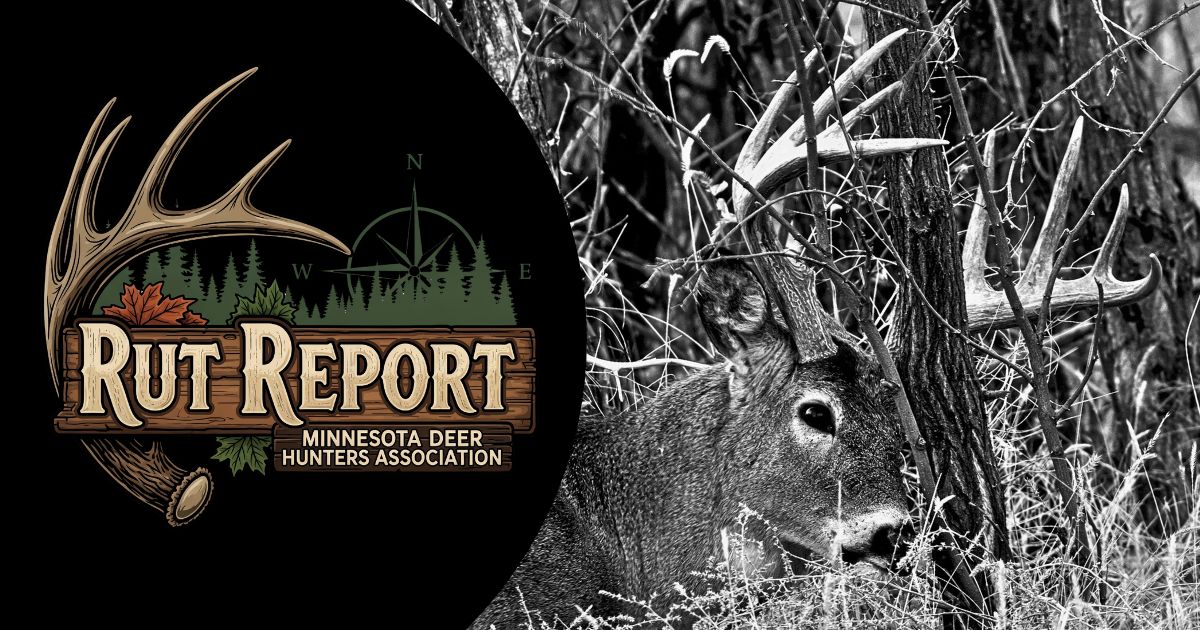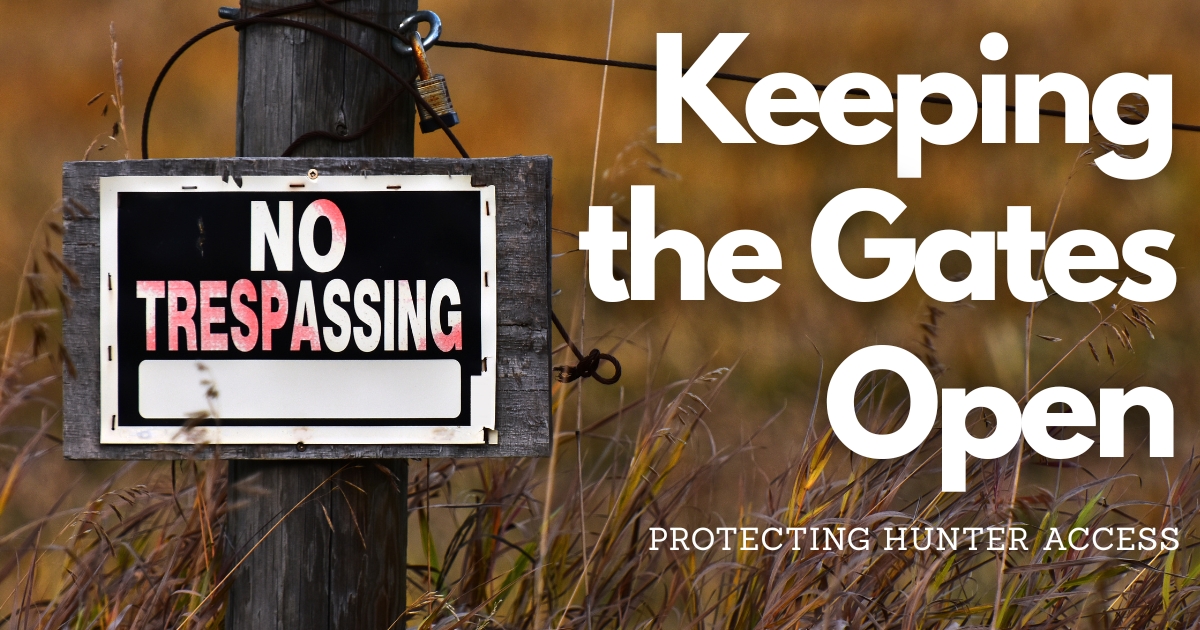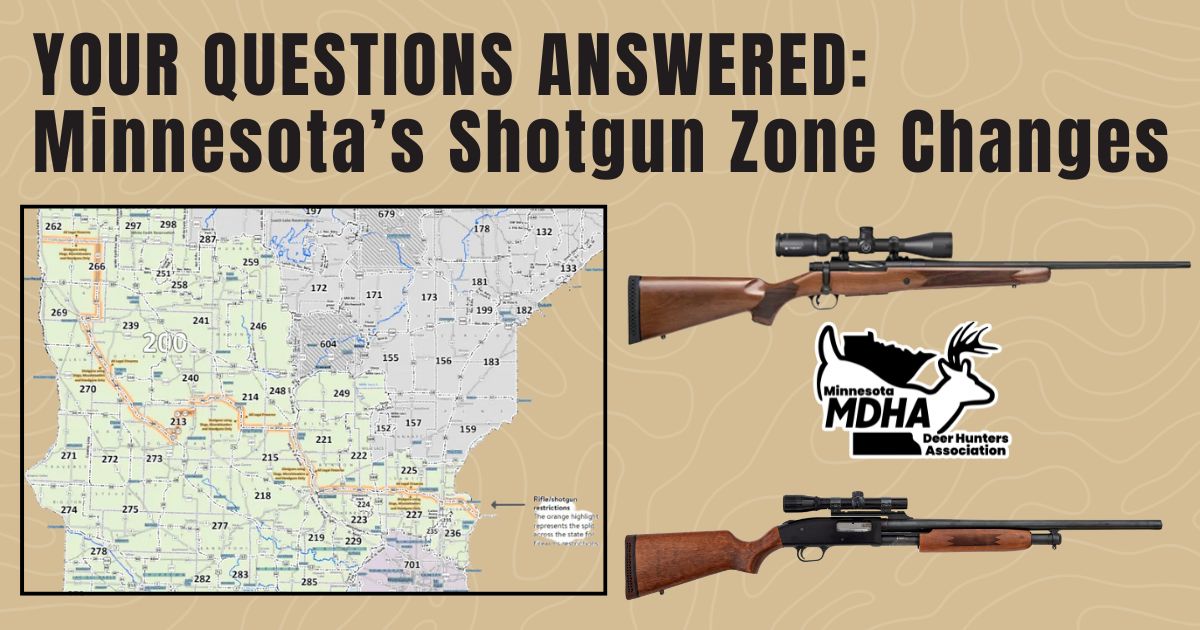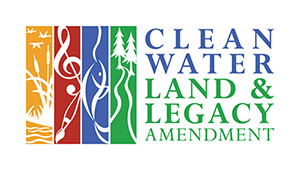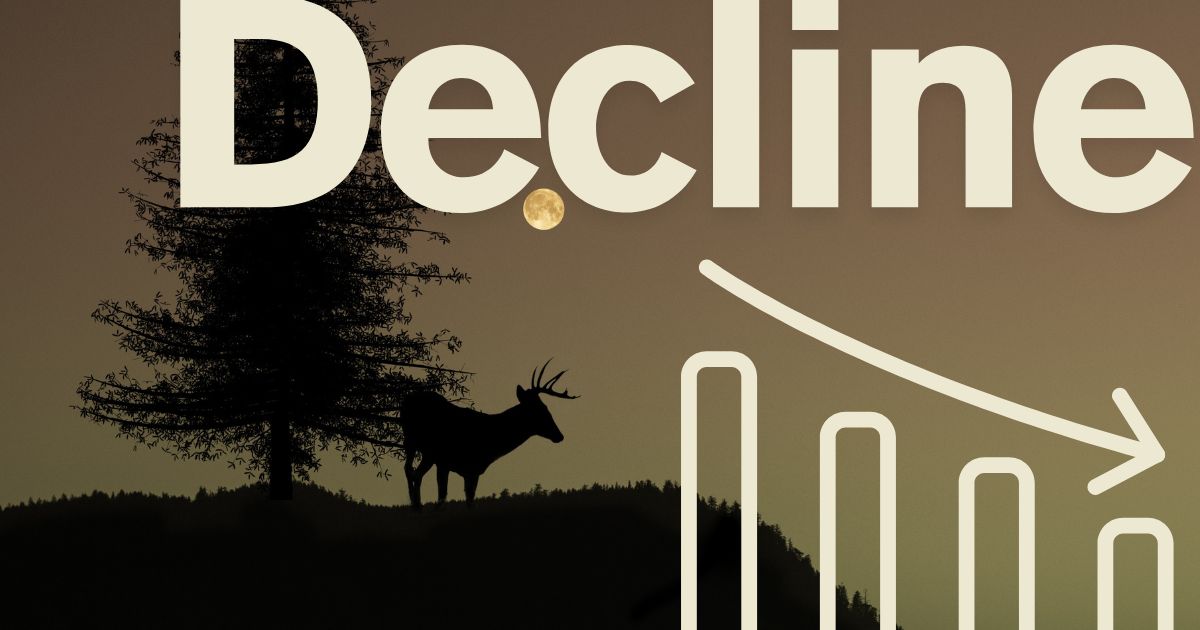
- MDHA Admin
- MDHA News
- Hits: 6756
Declining Deer Hunters and Shrinking Harvests in Minnesota
- MDHA Admin
- MDHA News
- Hits: 6756
For decades, deer hunting has been woven into Minnesota's culture, fostering outdoor experiences, traditions, and an appreciation for the state's natural landscapes. However, recent trends tell a story of decline—not just in the deer harvest numbers but also in the participation of hunters. This decline has raised important questions about the future of deer hunting in Minnesota and highlights the challenges faced by both the deer population and the hunting community.
Environmental Challenges and Deer Populations
Minnesota's deer populations have faced significant environmental obstacles. Severe winters, such as those in 2021-2022 and 2022-2023, have taken a toll, particularly in northern Minnesota. The combination of deep snow and freezing temperatures has made survival difficult for deer, increasing their energy expenditure and leaving them vulnerable to starvation and predators like wolves.
Adding to this struggle is the ongoing loss of mature forest habitats, which are vital for deer during harsh winters. Younger forests, often less dense, fail to provide the same level of protection, resulting in heightened mortality rates during extreme weather.
An Aging Hunter Population
Minnesota’s hunting demographic is aging out of the sport, which presents a critical challenge to maintaining hunting traditions. Between 2015 and 2021, an estimated 10,000 hunters aged 50–55 stopped participating. This downward trend has continued, with fewer young people taking their place. The average age of deer hunters is steadily increasing, leading to a shrinking community of active participants.
Shifting Lifestyles and Cultural Attitudes
Modern lifestyles are another major contributor to the decline in hunting participation. A generation immersed in digital screens and urban living is growing increasingly distant from traditional activities like hunting. Urbanization not only reduces access to hunting lands but also limits exposure to mentors who can pass down hunting knowledge and skills. Without this connection, many youths never get the opportunity to engage with the sport.
Declining Deer Populations and Hunter Success
For hunters, a rewarding experience often hinges on the chances of success. But in northern Minnesota, where deer populations have seen a marked decrease, declining success rates have discouraged participation. Hunters are understandably reluctant to invest time, effort, and resources into a venture with limited returns.
Changing Preferences in Hunting
Today’s hunters are also shifting their focus. Many are prioritizing quality over quantity, drawn to regions that promise larger, trophy-sized deer. Motivated by advancements like trail cameras, some are abandoning traditional Northwoods hunting areas in pursuit of regions where the chances of harvesting mature bucks are higher. While this approach aligns with personal goals, it further contributes to declining numbers in traditional hunting areas.
Deer Harvest Declines
The statistics paint a stark picture. During the 2023 season, hunters harvested 158,678 deer, down 8% from the previous year and 14% below the five-year average. Preliminary numbers for 2024 show slight variances across Minnesota's regional Deer Permit Areas (DPAs)—for example, a modest increase in DPA 281 along the Minnesota River area, but declines in other regions, including Northeast Minnesota.
Harvest data also reflects long-term trends of declining success. The firearms season in 2017 recorded over 167,000 harvested deer with a 33.7% success rate. By 2023, that figure had dropped to 126,531 deer with a success rate of 28.5%. These declines indicate not only environmental and demographic challenges but also shifting dynamics in hunting participation.
How the Minnesota Deer Hunters Association Is Taking Action
Despite these challenges, hope for reversing these trends is far from lost. The Minnesota Deer Hunters Association (MDHA) is taking proactive steps to address the decline and revitalize the hunting tradition.
- Recruiting New Hunters
Programs such as our Forkhorn Camps, youth hunting seasons and mentored hunting are making hunting more accessible to younger and novice participants. These initiatives aim to bridge the gap created by generational shifts in lifestyle and provide the mentorship that many newcomers lack.
- Promoting Inclusion
Efforts to diversify the hunting community are also underway. By making the sport more inclusive, MDHA hopes to attract individuals from a range of backgrounds who may never have considered hunting before.
- Localized Management Strategies
Through data-driven insights, organizations like MDHA and the Minnesota Department of Natural Resources (DNR) are tailoring management practices to meet regional challenges. Adjustments to antlerless permits, habitat initiatives, and wolf management are examples of targeted measures designed to balance deer populations while supporting hunters.
- Preserving Traditions and Community
Events, and community programs are fostering connections among hunters, helping to cultivate the next generation of outdoor enthusiasts while maintaining the social fabric of hunting.
Finding Balance for the Future
The decline in both deer hunting and deer populations in Minnesota represents a multifaceted challenge, deeply rooted in environmental, cultural, and demographic factors. Yet with concerted efforts from organizations like MDHA and DNR, there’s hope for revitalizing this cherished tradition while preserving the state’s natural resources.
Every hunter’s story contributes to this broader narrative. Whether you’re a seasoned veteran or completely new to the sport, the future of deer hunting relies on a collective commitment to sustainability, mentorship, and community. Together, Minnesota’s hunting heritage can not only survive but thrive for generations to come. Join MDHA today to do your part in preserving the tradition we all hold so dear.
